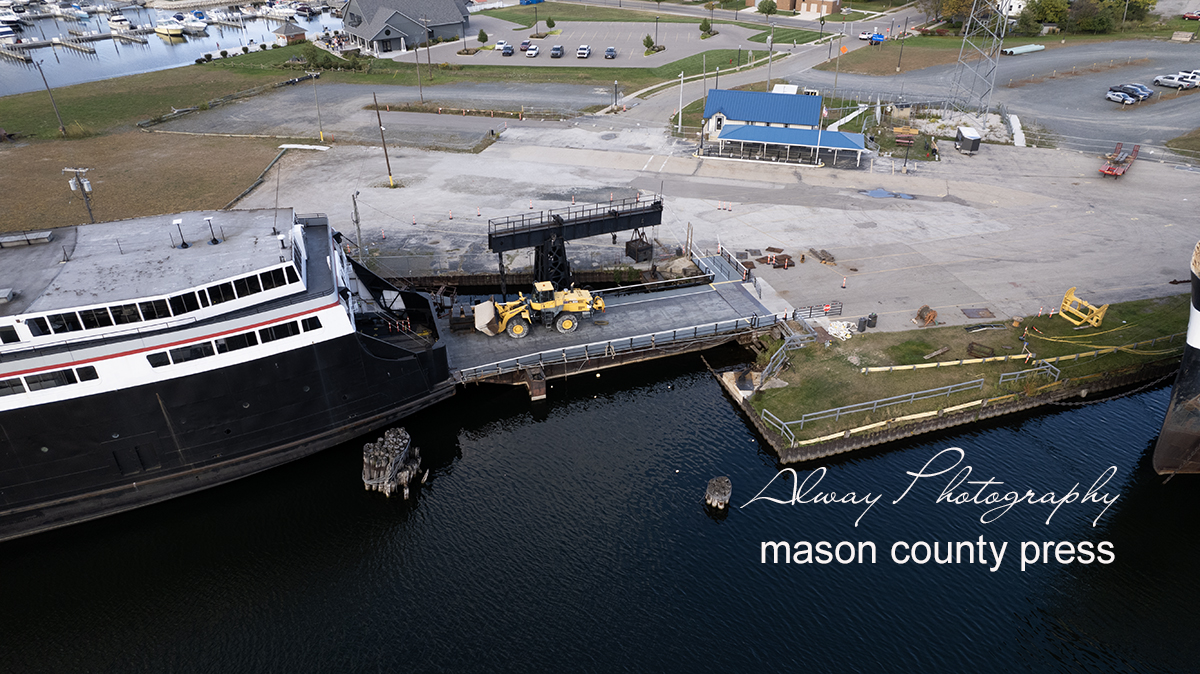The Relevance of Timely Dock Repairs for Waterfront Safety
The Relevance of Timely Dock Repairs for Waterfront Safety
Blog Article
Efficient Dock Repair Service Techniques: Making Sure Architectural Stability
Making sure the architectural integrity of docks with effective repair service methods is vital for the durability and safety and security of aquatic centers. This includes a multi-faceted technique starting with extensive evaluations using sophisticated modern technologies like finder tools and from another location ran cars (ROVs) to discover both visible and hid damages. Ultimately, selecting the best repair work materials, such as composite products and corrosion-resistant alloys, is vital for sturdiness. Architectural reinforcement techniques, including the execution of cross-bracing systems and load-distribution plates, play an important duty in mitigating stress factors. Nevertheless, the significance of these methods becomes apparent when exploring innovative repair service approaches and preventative upkeep approaches.
Assessing Dock Damages
Analyzing dock damage is a critical primary step in guaranteeing the architectural stability and security of any kind of docking facility. This first analysis entails an extensive evaluation to recognize both noticeable and hidden problems. Key facets to take a look at include the dock's foundation, pilings, outdoor decking, and equipment. Each component has to be looked at for signs of wear, rot, corrosion, or other types of deterioration that can compromise the structural stability.
Architectural designers or certified inspectors typically perform these evaluations using specialized strategies and tools. Underwater examinations could utilize finder devices or from another location ran cars (ROVs) to discover submerged damage. Above water, visual examinations are enhanced by utilizing wetness meters and other analysis tools to reveal underlying problems not quickly visible to the nude eye.

Finding Fixing Materials
Picking the suitable repair products is an essential step in the dock reconstruction procedure, one that straight affects the long life and efficiency of the fixed framework. Product selection must be driven by aspects such as ecological conditions, load-bearing requirements, and compatibility with existing dock components. For example, wood is a conventional option for docks because of its natural durability and visual allure. Nevertheless, picking the appropriate kind of timber, such as pressure-treated lumber or naturally rot-resistant species like cedar or teak wood, is essential to endure aquatic environments.
In enhancement to wood, composite products are increasingly popular as a result of their resilience and reduced upkeep requirements. Compounds, commonly made from a blend of plastic and wood fibers, supply exceptional resistance to rot, bugs, and UV damage. For steel docks, choosing corrosion-resistant alloys such as galvanized steel or marine-grade light weight aluminum is important to stop rust and make certain structural stability in saline water conditions.
Epoxy materials and marine-grade sealers are indispensable for repairing splits and securing joints, providing a waterproof obstacle and boosting the dock's overall stamina. By diligently picking premium products, dock fixings can achieve lasting outcomes, therefore protecting against future deterioration and making certain safe, trustworthy usage.
Architectural Support Techniques
Efficient structural reinforcement techniques are crucial in guaranteeing the stability and durability of dock repair work. One fundamental approach entails using steel or composite reinforcement bars (rebar) within concrete frameworks. Rebar gives additional tensile toughness, protecting against splits and dispersing lots extra evenly. This method is particularly efficient for docks revealed to heavy tons or rough ecological conditions.
One more essential technique is the application of fiber-reinforced polymers (FRP) These products supply high strength-to-weight proportions and outstanding resistance to corrosion, making them ideal for enhancing concrete or wooden docks. FRP can be used in strips or sheets and adhered with epoxy resins to improve architectural stability.
Supporting and securing systems likewise play an essential duty in architectural support. Cross-bracing, using metal or wooden beam of lights, can neutralize side pressures, minimizing persuading and movement. Securing systems, such as helical piers or driven piles, supply a stable structure by transferring lots to deeper, extra steady soil layers.
Lastly, the combination of load-distribution plates can help disperse weight more uniformly throughout the dock's surface, mitigating local stress factors. These techniques jointly guarantee that anchors remain durable and secure, capable of holding up against the rigors of their functional environment.
Advanced Repair Service Methods

An additional sophisticated technique involves underwater welding, which allows for repair work to be carried out without the requirement to dewater the location. This technique is especially helpful for resolving architectural concerns in submerged dock components, ensuring minimal disruption to operations. Enhanced welding strategies, paired with robot systems, provide precision and reliability, thus extending the life-span of the dock.
Additionally, cathodic protection systems are carried out to stop rust in metallic dock structures. By making use of sacrificial anodes or pleased present systems, these techniques effectively minimize the electrochemical processes that lead to product degeneration.
Lastly, progressed tracking innovations, such as architectural health and wellness monitoring (SHM) systems, give real-time information on the condition of dock frameworks. These systems allow positive upkeep and prompt interventions, inevitably guaranteeing the lasting structural integrity of the dock.
Upkeep and Prevention
Upkeep and prevention are essential ideas that underpin the long life and safety of dock structures. Regular evaluations are critical, permitting for very early discovery of wear and tear, potential weak points, and ecological effects. A positive strategy, entailing routine look for deterioration, rot, and structural shifts, reduces costly repair services and prolongs the dock's operational life.
Precautionary actions ought to consist of applying protective finishings to metal elements to defend against corrosion and utilizing treated wood to stand up to decay. Additionally, making sure appropriate drainage and air flow can prevent water build-up, which is a common source of structural degradation. Including top quality materials and adhering to producer standards during building and fixing phases also play critical roles in improving longevity.

Training personnel in dock upkeep finest methods ensures consistent application of safety nets. Leveraging technical developments, such as drones for evaluations and sensors for real-time surveillance, can additionally improve maintenance initiatives. By prioritizing maintenance and avoidance, dock owners can make sure structural integrity, functional security, and affordable monitoring over the dock's life expectancy.
Final Thought
To conclude, keeping the structural honesty of aquatic facilities requires extensive dock repair methods. Complete evaluations making use of sophisticated devices discover both noticeable and concealed problems, while the selection of ideal repair work products enhances longevity. Executing architectural support approaches addresses tension factors effectively. Advanced repair service techniques, combined with normal maintenance techniques, ensure the dock stays safe and functional under varied ecological conditions. Embracing these approaches considerably lengthens the life-span and functionality of marine framework.
Making certain the architectural honesty of anchors via reliable repair techniques is vital for the long life and safety and security of aquatic centers.Picking the ideal fixing products is a crucial action in the dock reconstruction procedure, one that straight influences the long life and efficiency of the repaired structure.Reliable architectural reinforcement techniques are essential in making sure the stability and longevity of dock repair services. By prioritizing upkeep and avoidance, dock proprietors can make certain architectural stability, operational safety and security, and cost-efficient monitoring over the dock's life expectancy.
In conclusion, maintaining the architectural stability of marine centers demands detailed dock repair work techniques.
Report this page